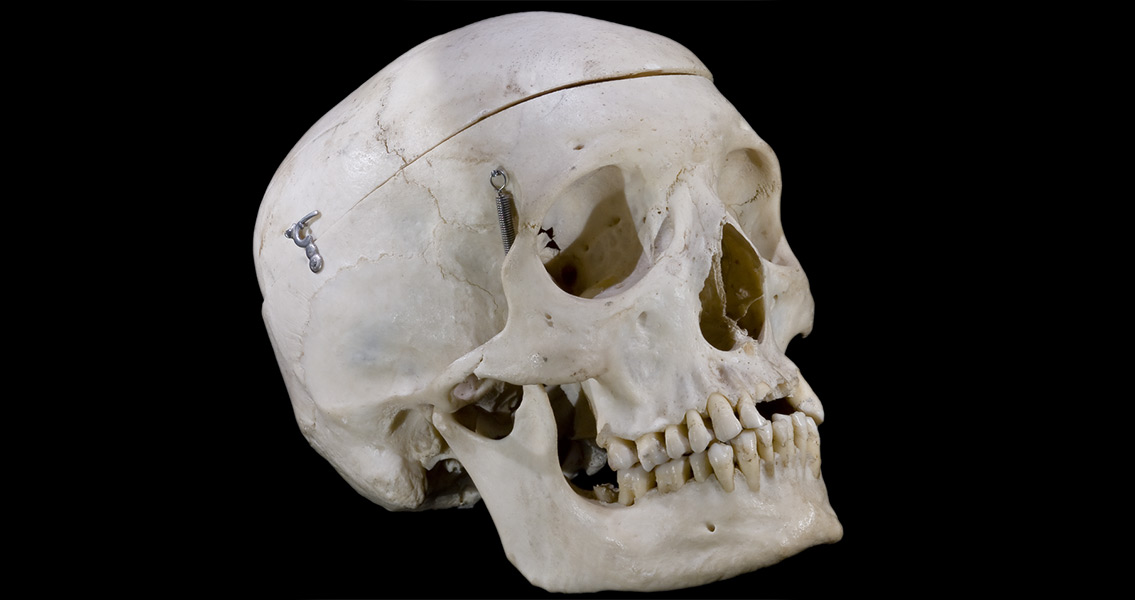<![CDATA[A set of human remains that were discovered in Brazil eight years ago have proven to be the earliest known instance of decapitation in the New World, media report. The remains include a skull, two severed hands arranged on top of it, and the six cervical vertebrae, all of which have V-shaped marks on them. The remains have been dated to 9,000 years ago. To compare, the pracitce of beheading in South America was previously believed to have originated around 5,000 years ago. The international team of scientists involved in the study used accelerator mass spectrometry and strontium analysis to date the remains that were dubbed Burial 26. The latter technique, Discovery News writes, was used to compare the isotopic signature of the remains with other bones found at the site, a rock shelter called Lapa do Santo, where a total 26 sets of human remains were found in 2007. The analysis revealed that the beheaded individual, a young male, was a member of the local group, rather than an enemy, which served to reject the idea that his death was an instance of trophy taking - a practice common in South America in ancient times. One of the authors of the study, Andre Strauss from the Max Planck Institute of Evolutionary Anthropology told Discovery News that trophy heads are as a rule not buried after being taken and cured, while the Burial 26 remains suggest the person was interred soon after death. Trophy heads also have holes in the skull to make for easier carrying, and such holes were not found on the skull of Burial 26. Strauss went on to explain that the beheading probably occurred after death, judging by the complex arrangement of the hands: one with fingers pointing to the forehead of the skull, and the other with fingers pointing to the lower jaw. According to him, this arrangement indicates a complex burial ritual involving a public display of the body, possibly to "enhance social cohesion" since there were no items indicative of wealth found at the site and its architecture was quite primitive, suggesting the community that lived there in the Holocene had other ways to "express their cosmological principles regarding death," Discovery News quotes the authors as saying. The study's significant in more than one way, however. So far all major discoveries about the ancient civilisations of South America have been made in the Andes. It was based on these discoveries that the practice of beheading was associated with either trophy-taking or human sacrifice. Yet lapa do Santo is located in central Brazil, meaning decapitation was not only common among the inhabitants of the Andes, and nor was it only a way of killing somebody. Rather, the authors note in their paper, published in PLOS One, the evidence of a ritual burial speaks of the early sophistication of burial practices among the Holocene inhabitants of South America. They add, however, that the only way to confirm their suggestions is to continue excavating in the region, which would require the formal approval of the relevant authorities. For more information: “The Oldest Case of Decapitation in the New World (Lapa do Santo, East-Central Brazil)” Image courtesy of Wikimedia Commons user: Archaeodontosaurus]]>
Beheading in New World Much Older Than Thought
